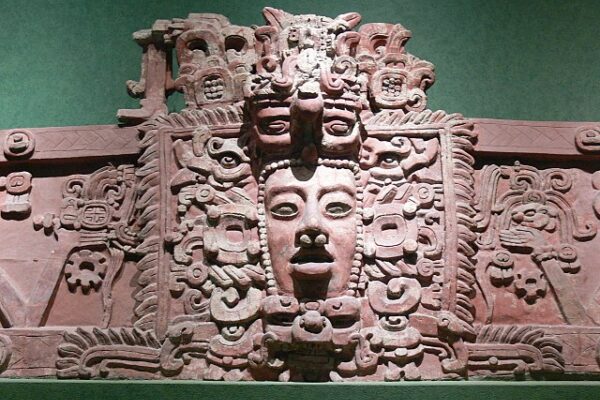
The Mayan Long Count calendar has to be one of the most fascinating mysteries of our time. While researchers have been baffled for years and media commentators claim that it spoke to an upcoming apocalypse, two anthropologists at Tulane University claim to have cracked the code.
The Long Count calendar was used for both practical and religious purposes. It allowed the Maya to accurately predict celestial events and make important decisions. Conventional wisdom has stated that the calendar system was precise and accurate, with astronomers and priests using it to track the movements of the sun, moon, and planets.
John Linden and Victoria Bricker are saying not so fast in a new study published in the journal Ancient Mesoamerica.
The two realized “that by increasing the calendar length to 20 periods of 819 days, a pattern emerges that matches the synodic periods of all visible planets, which include Mercury, Venus, Mars, Jupiter, and Saturn.
Before this discovery, researchers thought the calendar referred to four cycles of 819 days, but that time span didn’t line up well with the synodic periods of all the planets that can be seen with the naked eye. It turns out it takes 20 cycles of 819 days, which is about 45 years, for the calendar to align with the synodic periods of all visible planets.
Within these 20 cycles, each planet goes through some number of synodic periods a whole number of times: Mercury every cycle, Venus every 5 cycles, Saturn every 6 cycles, Jupiter every 19 cycles, and Mars every 20 cycles. While each synodic period is less than 819 days, only Mercury has a synodic period that happens a whole number of times within a single cycle. By combining the cycles, it becomes possible to predict the placement of the planets in the sky.
Linden and Bricker suggest that this knowledge is also connected to important dates and celebrations in the ancient Maya culture. They wrote, “Rather than limit their focus to any one planet, the Maya astronomers who created the 819-day count envisioned it as a larger calendar system that could be used for predictions of all the visible planet’s synodic periods.”
This research is crucial for understanding how the ancient Maya studied astronomy and is part of a decades-long quest to comprehend the complexity of ancient Maya calendars. By unraveling the mystery behind the 819-day calendar, anthropologists have gained valuable insights into the astronomical knowledge and practices of the ancient Maya civilization. This discovery also highlights the advanced understanding the Maya had of the night sky, and how they used that knowledge to create a sophisticated calendar system that not only tracked time but also allowed them to predict the positions of the visible planets in the sky.”
In short, Popular Mechanics explains, “That means the Mayans took a 45-year view of planetary alignment and coded it into a calendar that has left modern scholars scratching their heads in wonder.”
The two scholars did not say if this means we need to recalculate the Mayan date for the end of the world, but their work can be found here.
[Read More: Statue Found In Egypt Is Rewriting History Books]









